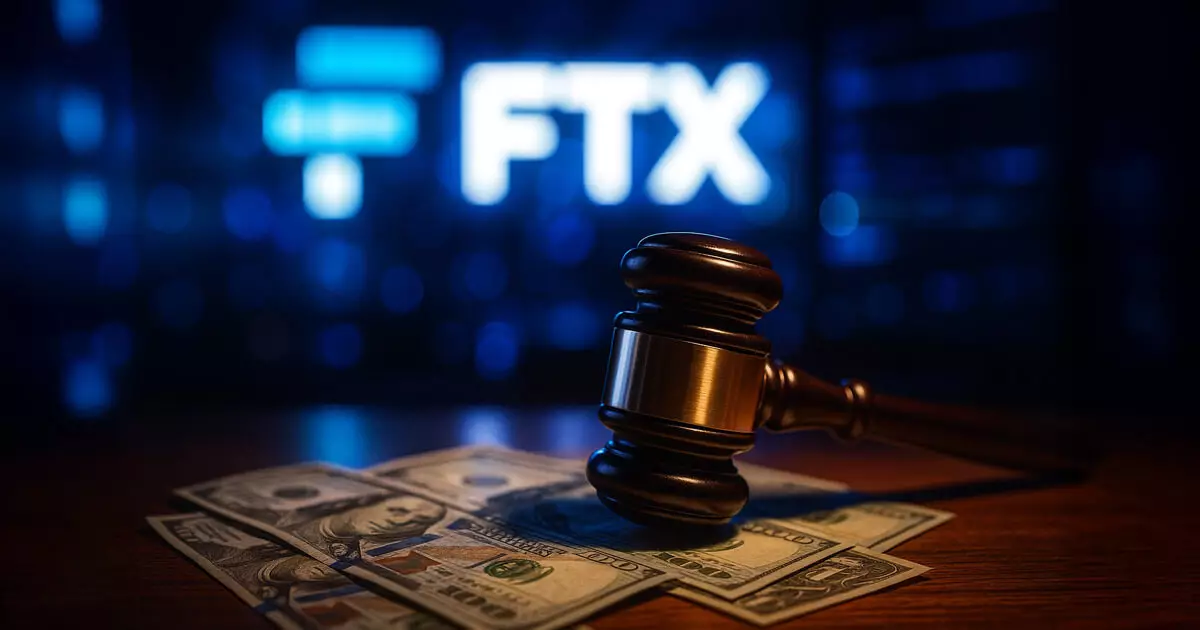The latest developments surrounding the FTX recovery process reveal a troubling reality: despite optimistic claims of progress, significant uncertainties remain. With a record date set for August 15 and payments projected to start at the end of September, the narrative suggests careful planning. But beneath this veneer of order lies the stark truth—creditors are facing an increasingly bleak scenario. The decision to reduce the disputed claims reserve from $6.5 billion to $4.6 billion signals not just a strategic move but a profound acknowledgment that the actual liabilities may be far more tangled and less resolvable than publicly presented. This adjustment frees cash, yet it also lays bare a fundamental weakness—how much of this recovery is based on hope rather than certainty?
Who Will Receive the Bailout and Who Won’t?
The distribution process heavily favors those who quickly meet strict pre-distribution requirements—namely, completing Know Your Customer checks and submitting taxes on time. This setup inherently disadvantages many creditors, especially smaller investors and claimants who might lack the resources or legal know-how to meet procedural demands swiftly. Such criteria deepen the divide between ‘organized’ claimants and those left in limbo. Moreover, the administrative role of platforms like BitGo, Kraken, and Payoneer adds layers of complexity and opacity. While these players may streamline disbursements, their vested interests and operational constraints could skew who ultimately gets paid and when, further entrenching the power imbalance among creditors.
A Calculated Risk or a House of Cards?
The overall tone of this recovery effort raises skeptical eyebrows. The fact that nearly $5 billion was paid out in late May, mostly to smaller claims, feels more like a band-aid than a cure. The recent move to expedite payouts by reducing the reserve reserve seems to serve short-term optics rather than long-term stability. The notion that the FTX estate can quickly claw back assets or resolve the dispute efficiently is questionable, especially given the mounting legal battles and the recent sale of assets. This settlement appears as a fragile façade—one that may crumble if any of the unresolved claims or market disruptions reignite conflicts or reveal deeper insolvencies.
Underlying Political and Economic Implications
From a center-right liberal perspective, this scenario underscores the importance of cautious regulation and the necessity of maintaining financial order rather than enabling reckless speculation. FTX’s collapse was fueled by a toxic mixture of lax oversight and greed, but the hasty distribution plan reveals an unacceptable level of complacency. The fact that claimants are not required to connect wallets or verify eligibility suggests a lax approach to accountability, risking another wave of malinvestments and potential fraud. As the ecosystem recovers, policymakers should demand more rigorous standards and transparency—because the stakes aren’t just about a failed crypto exchange; they threaten the integrity of broader financial markets. Ultimately, the FTX debacle is a stark reminder: unchecked corporate greed and regulatory neglect can transform a crypto cautionary tale into a systemic catastrophe if not properly addressed.


Leave a Reply